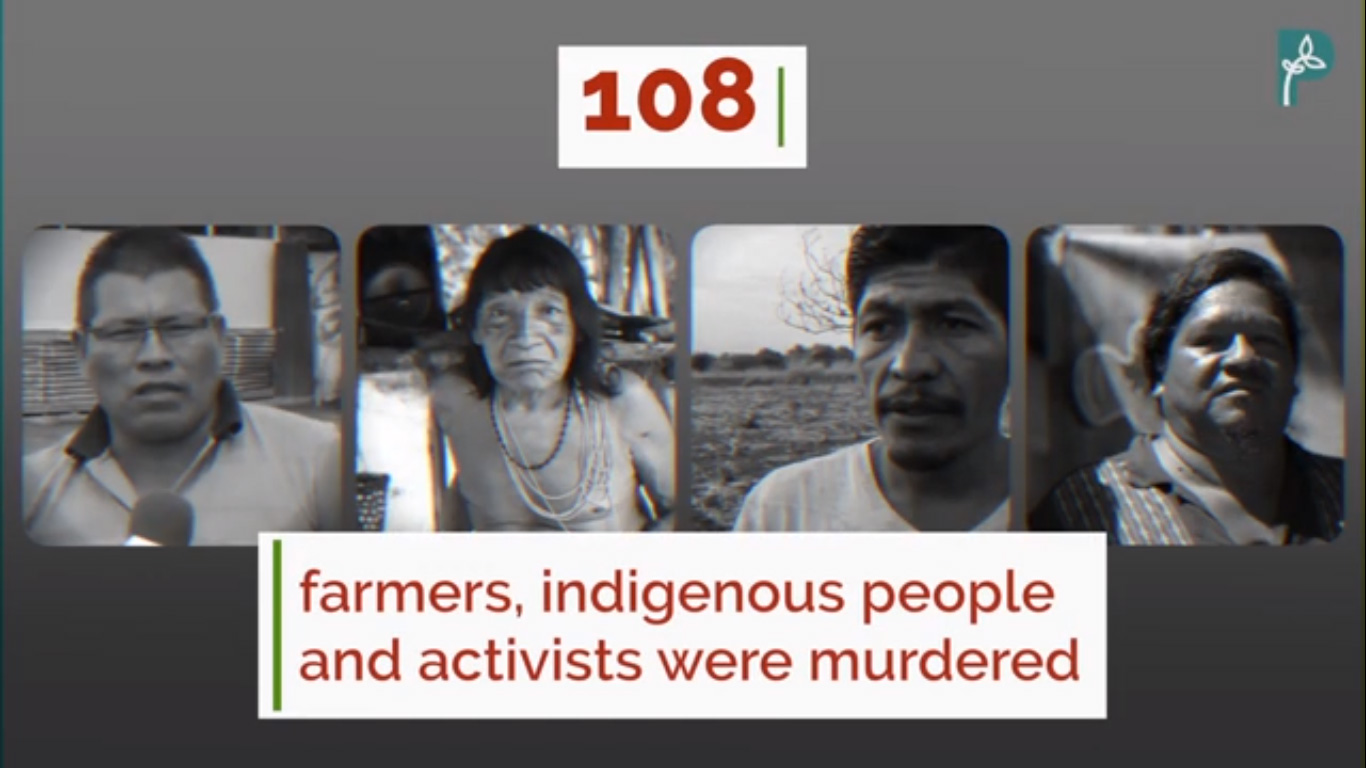While used broadly throughout history, land grabbing as used in the 21st century primarily refers to large-scale land acquisitions following the 2007-2008 world food price crisis.[1] Obtaining water resources is usually critical to the land acquisitions, so it has also led to an associated trend of water grabbing.[2] By prompting food security fears within the developed world and new found economic opportunities for agricultural investors, the food price crisis caused a dramatic spike in large-scale agricultural investments, primarily foreign, in the Global South for the purpose of industrial food and biofuels production. Although hailed by investors, economists and some developing countries as a new pathway towards agricultural development, investment in land in the 21st century has been criticized by some non-governmental organizations and commentators as having a negative impact on local communities. International law is implicated when attempting to regulate these transactions.



